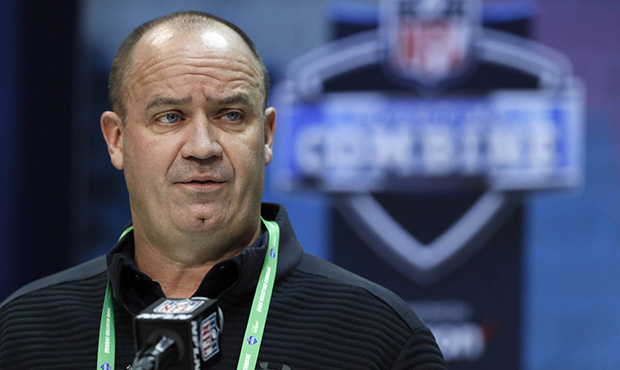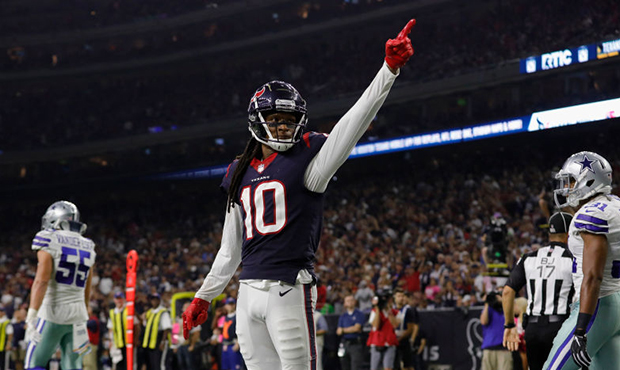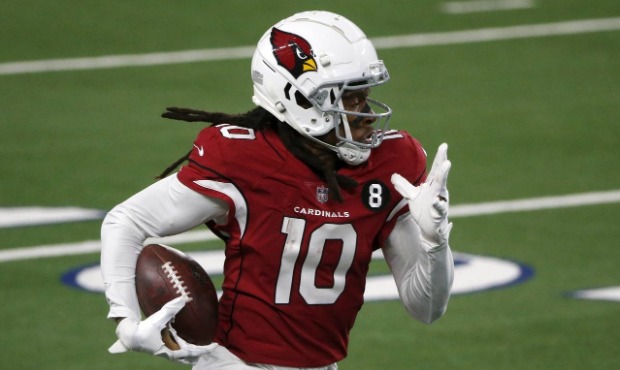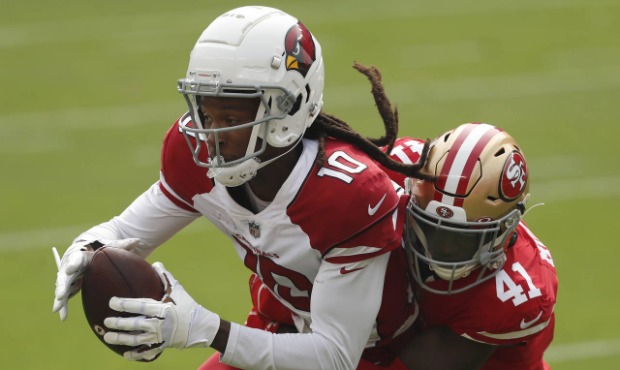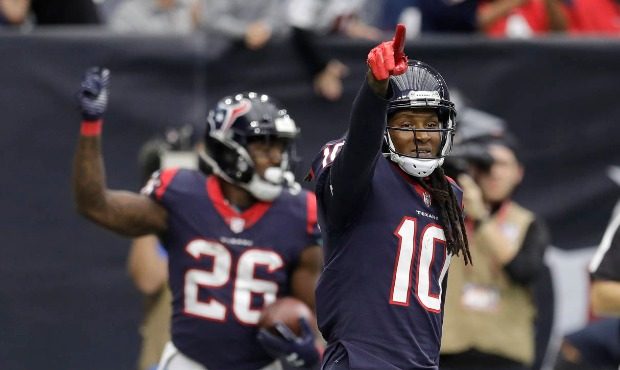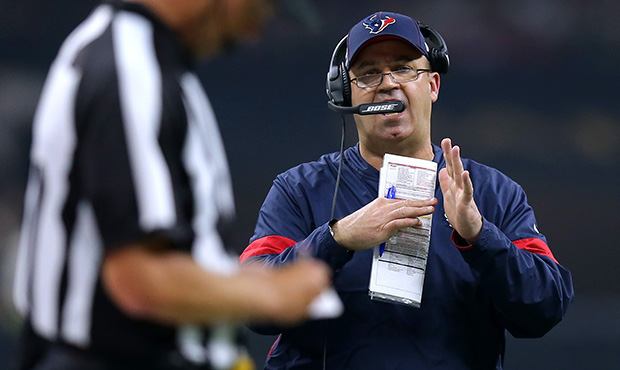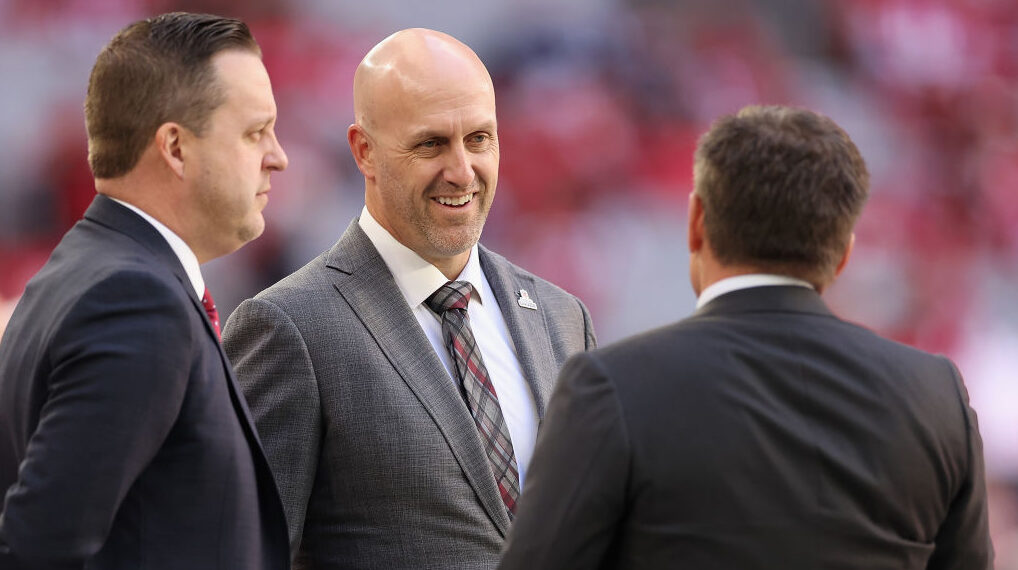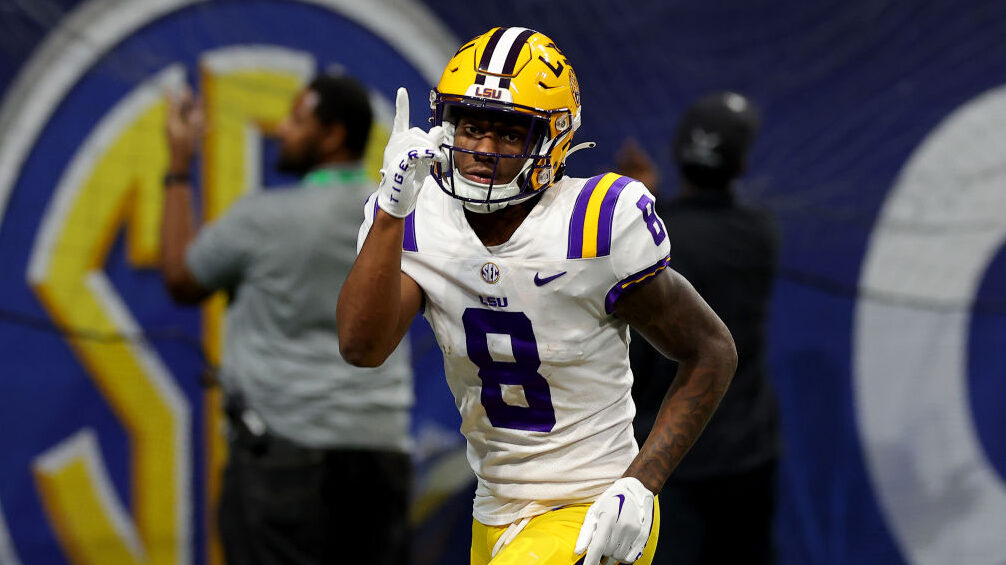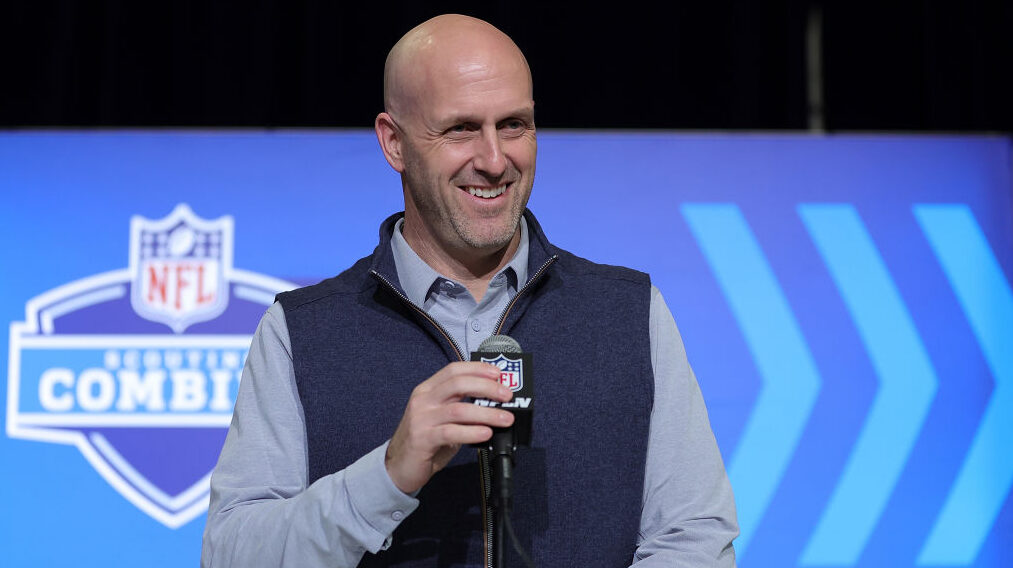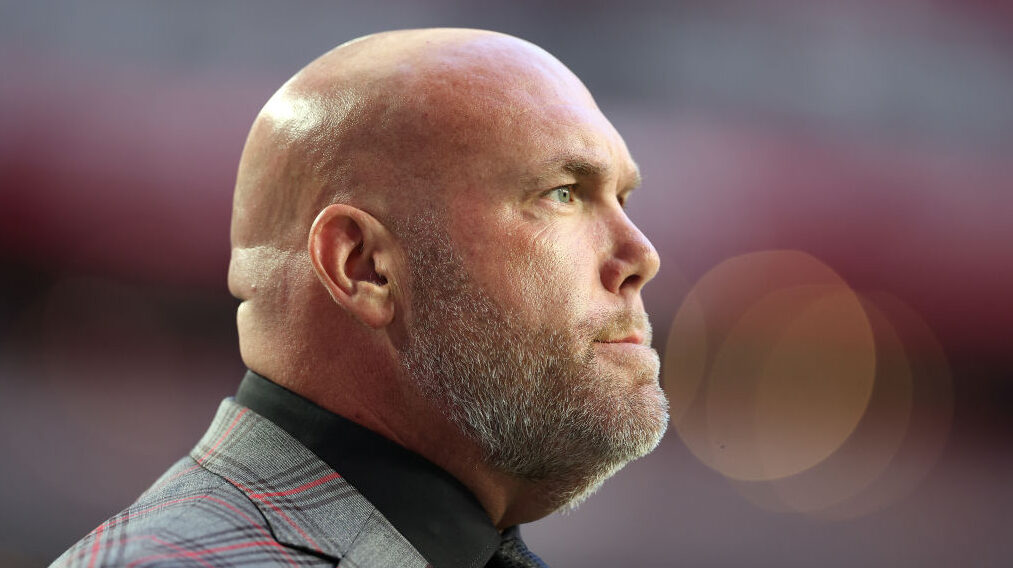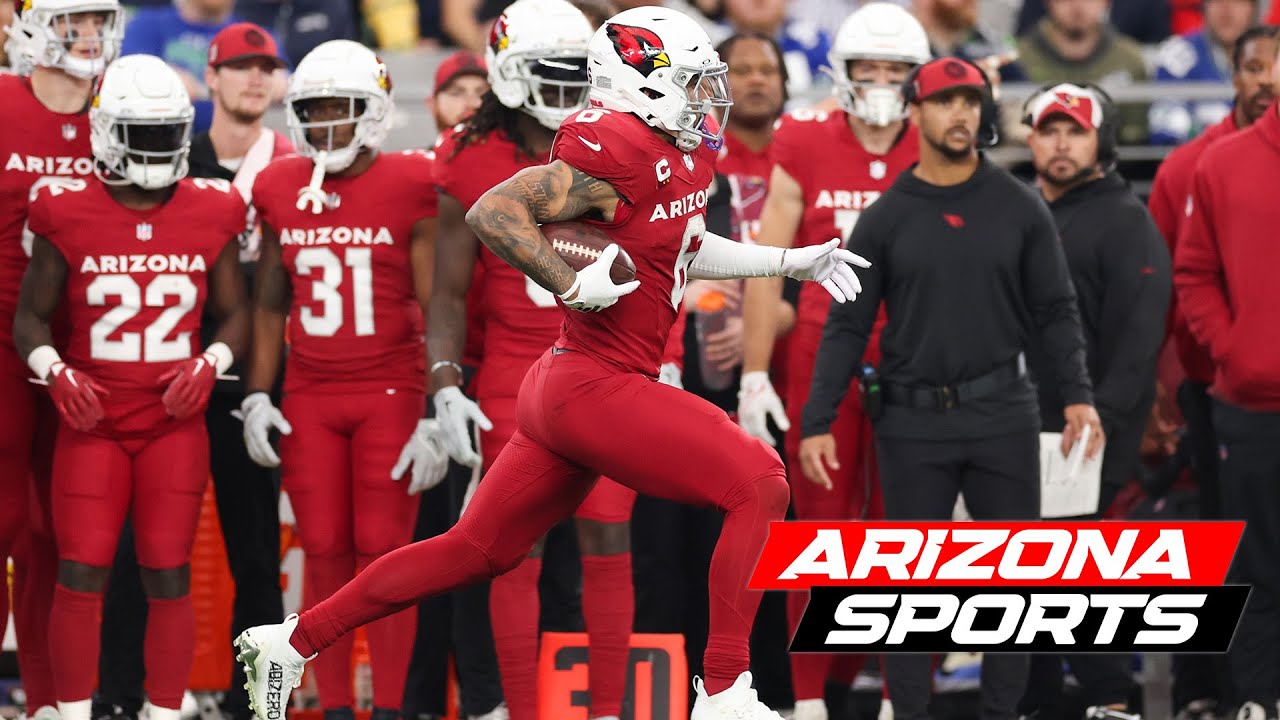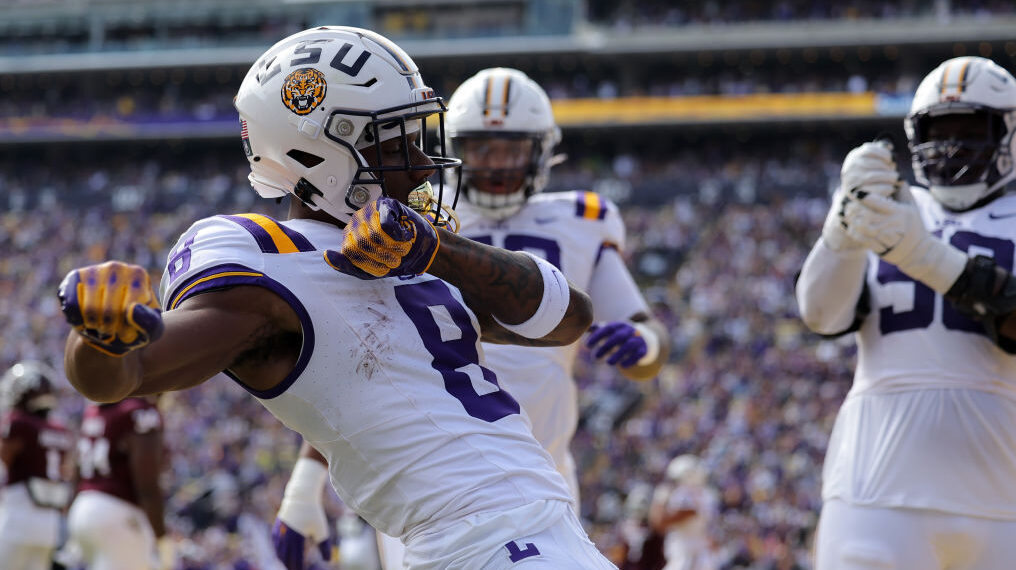The Texans have tried to salvage the DeAndre Hopkins trade
Sep 3, 2022, 6:45 AM
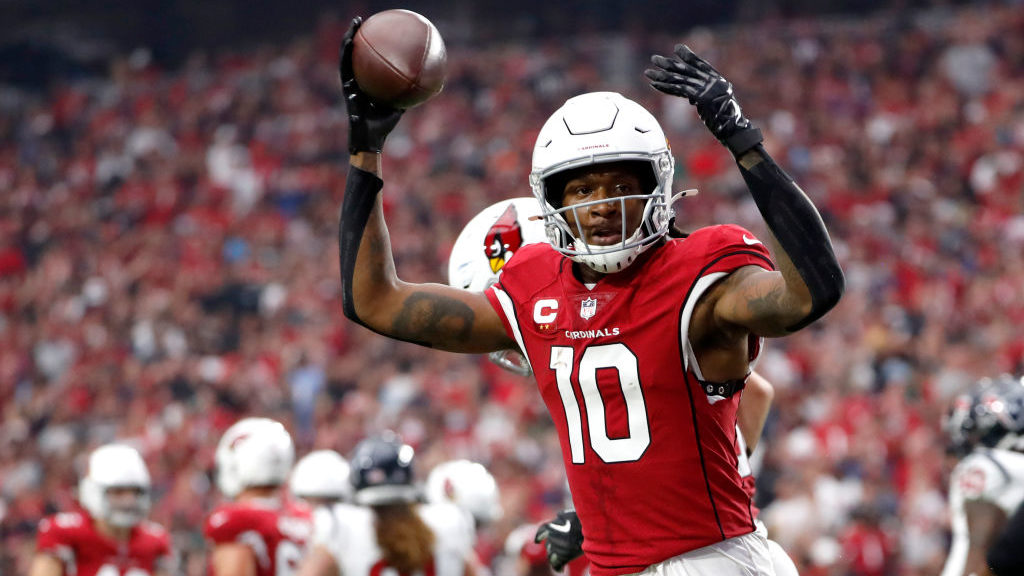
Former coach and general manager Bill O’Brien back in 2020 told his Houston Texans fans to “let things play out.”
“We feel really good about it when we looked at the analytics of it based on the production that was leaving our team and the production we are bringing in,” he said after the Texans traded All-Pro receiver DeAndre Hopkins to the Arizona Cardinals for running back David Johnson, a second-round pick and a swap of fourth-rounders.
O’Brien defended the trade because it looked bad.
Johnson, if you recall, was coming off a second consecutive season where he just didn’t look like the explosive Pro Bowl running back he was before a 2017 knee injury. Only under first-year coach Kliff Kingsbury, Johnson didn’t have the excuse of playing in a wildly inept offense as he did a year prior.
He averaged 3.7 yards per carry while rookie Chase Edmonds and midseason trade acquisition Kenyan Drake posted above 5.0 yards per tote.
So Arizona dealt Johnson, who had $13 million in base salary and roster bonuses for the 2020 season.
It was three days later, on March 20, 2020, when the trade looked worse.
The Buffalo Bills did not swindle anyone when they acquired very good receiver Stefon Diggs and a seventh-rounder from the Minnesota Vikings for draft picks in the first, fourth, fifth and sixth rounds.
Nearly two-and-a-half years after the trade, the trade remains bad and embarrassing for the Texans.
Most of the ordeal has played out.
To recap, the Cardinals from that trade have:
— DeAndre Hopkins, who put up 1,407 yards in his first season with Arizona before injuries limited him to 572 receiving yards last year.
— Fourth-round pick Rashard Lawrence, who on an official depth chart is listed as the starting nose tackle for Arizona heading into Week 1 of the 2022 season.
Johnson’s decline in Arizona was no mirage: With Houston, he rushed for 919 yards over two seasons with a 4.3 yards-per-carry average while averaging a career-worst 17.3 receiving yards per game. He’s now out of the league.
The Texans, under the since-fired O’Brien, used that second-round Cardinals draft pick in 2020 on defensive tackle Ross Blacklock.
He has been a reserve with 36 tackles and two sacks over two seasons. Blacklock was traded by O’Brien’s successors on Tuesday, and the Minnesota Vikings gave the Texans a sixth-round draft pick in return.
As for the fourth-rounder swapped to Houston in the Hopkins trade, the Texans dealt that in 2021 to the New England Patriots for offensive tackle Marcus Cannon, plus fifth- and sixth-round choices.
Cannon played four games before getting hurt and released after this past season. But under new leadership, Houston has at least tried to salvage things.
The fifth-rounder was used as a small piece of a package to trade up and draft receiver Nico Collins, a third-round pick who produced 446 yards last year as a rookie. Not terrible.
With that sixth-round pick from the Cannon trade, Houston drafted defensive tackle Roy Lopez last year. The Arizona Wildcat product started 15 games and posted 31 tackles to go with a sack and eight stuffs as a rookie. Also not terrible.
Together, it makes for a decent save by the current Houston front office led by general manager Nick Caserio, who with remnants of the Hopkins deal drafted a rotation defensive lineman and (if we’re being generous) a starting-caliber wideout.
The Cardinals, again, still have a starting defensive lineman and No. 1 receiver out of the deal.
Presumably, after a six-game suspension due to a positive PED test, Hopkins will be back to his Pro Bowl-caliber self. And Hopkins has already produced one of the best game-winning plays in Cardinals franchise history while setting the franchise record in catches for a season (115 in 2020).
The trade is still looking like a monumental win for the Cardinals.


